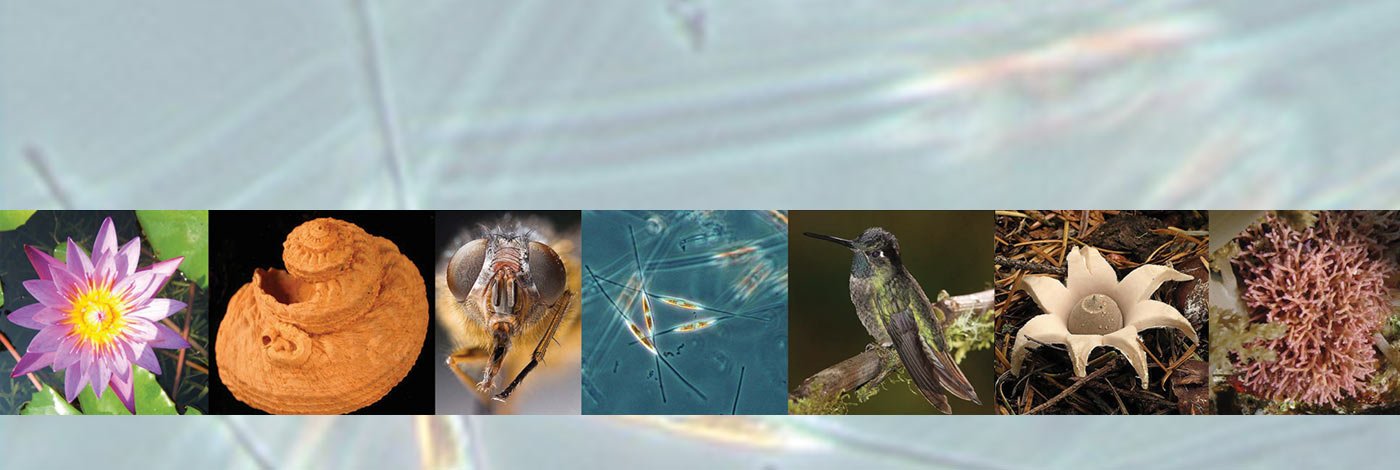

 European Journal of Taxonomy
949 (1) - Pages 1-96
European Journal of Taxonomy
949 (1) - Pages 1-96Isostichopus badionotus (Selenka, 1867) is distributed in the Atlantic Ocean. It has been recognized as a species with highly variable intraspecific coloration. To clarify taxonomic confusion and show the characters for correct identification of this valuable species, mitochondrial DNA (16S and COI), color patterns, external and internal morphology, ossicles, and habitat were examined in specimens from museum collections and from original sampling. As part of the revision, I. fuscus (Ludwig, 1875) from the Eastern Pacific Ocean and I. macroparentheses (Clark, 1922) from the Caribbean Sea, the only other two species currently recognized in the genus Isostichopus, were included. It was concluded that I. fuscus and I. macroparentheses are distinct and valid species, and that I. badionotus consists of two species: I. badionotus and I. maculatus (Greeff, 1882), previously synonymized as I. baqdionotus by Clark (1922). Isostichopus maculatus includes two subspecies, the nominal I. maculatus maculatus (Greeff, 1882) and I. maculatus phoenius (Clark, 1922), described as Stichopus badionotus var. phoenius Clark, 1922. Isostichopus maculatus maculatus, distributed in the East Atlantic, is very similar to I. maculatus phoenius, but differs in DNA characters, color pattern, and the size and shape of the tables in the dorsal papillae. Isostichopus maculatus phoenius, widely distributed in the Caribbean Sea and the Gulf of Mexico, is sympatric with I. badionotus, has similar ossicles but is clearly distinguished by its DNA sequences, color patterns, and habitat preferences. For the first time, ossicles from internal organs are described for Isostichopus, enhancing original species descriptions. Distribution maps, habitat, biology, conservation status, and a taxonomic key for distinguishing these species to aid their fishery management and aquaculture are presented.